Grains, Fuel and Pigeon Racing – Suggested Rations
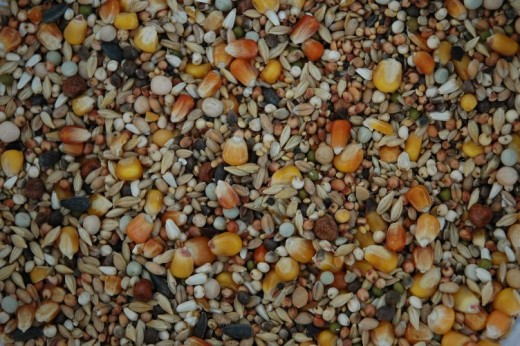 The composition of the rations given in this section aren’t written in stone, but are suggestions ONLY, and can be modified according to the experience of the fancier, and to the availability of supplies of grains, their cost, ect. In all situations, all year long, there is also a basic need for an insoluble granite grit for grinding grains in the gizzard, plus oyster shell, or calcium rock chips as a source of calcium, in addition to a wide-ranging loose mineral mix containing salt (to encourage birds to eat the mineral), and once or twice a week, a multivitamin mix in the drinking water. Some fanciers use calcium flour as a source of calcium, but because it is fairly fine, it tends to move out of the gizzard into and through the intestines fairly quickly, so that there may be insufficient absorption of calcium for body needs. A better source of calcium is oyster shell or calcium carbonate chips, which, because of their larger size, are retained for a longer period of time in the gizzard, and can provide a fairly steady supply of calcium to the system. Oyster shell used for laying hens may be to large for pigeons and should be broken into a smaller size with a hammer, ect.
The composition of the rations given in this section aren’t written in stone, but are suggestions ONLY, and can be modified according to the experience of the fancier, and to the availability of supplies of grains, their cost, ect. In all situations, all year long, there is also a basic need for an insoluble granite grit for grinding grains in the gizzard, plus oyster shell, or calcium rock chips as a source of calcium, in addition to a wide-ranging loose mineral mix containing salt (to encourage birds to eat the mineral), and once or twice a week, a multivitamin mix in the drinking water. Some fanciers use calcium flour as a source of calcium, but because it is fairly fine, it tends to move out of the gizzard into and through the intestines fairly quickly, so that there may be insufficient absorption of calcium for body needs. A better source of calcium is oyster shell or calcium carbonate chips, which, because of their larger size, are retained for a longer period of time in the gizzard, and can provide a fairly steady supply of calcium to the system. Oyster shell used for laying hens may be to large for pigeons and should be broken into a smaller size with a hammer, ect.
Rations for Breeding, Rearing and Moulting
Three to four weeks ahead of pairing birds, increase the percentage of legumes (peas, beans, lentils, ect.), plus a high -protein pellet (18-28% protein) which also contains a broad range of vitamins and minerals. A non-medicated pellet, such as an 18% protein finisher pellet prepared for broiler chickens, or a 28% protein turkey pellet are examples of useful pellets. I use a 28% protein pellet called Milk Plus produced by Cargill (Nutrena Feeds). Aim for a final protein level of 17-18% which is ideal for fertility, hatchability, growth and development of youngsters.
The reason for the 3-4 week interval before pairing the birds is to ensure that the systems of both sexes are well fortified with all of the nutrients that are important for high fertility, ect., as just mentioned. Too often, in my experience, before the breeding season fanciers don’t change from a relatively bland off-season diet to one higher in a range of important nutrients, until after the eggs are laid. One problem with this can be clear eggs, or at hatching, weak or dead-in-shell youngsters. To avoid this situation, improve the diet ahead of the breeding season, much as sheep breeders do when they “flush” their breeding animals by putting them on a higher plane of nutrition, e.g., higher levels of protein, plus vitamins and minerals ahead of the breeding season. )Note that black eggs, or dead-in-shell or weak youngsters can be the result of bacterial infections in the egg,, i.e., E. coli and paratyphoid infections, ect., If this is a persistent problem, be sure to take some of these eggs or youngsters to your veterinarian for bacterial culture.)
One suggested breeding ration mix that will provide between 17-18% protein:
30-35% peas (green, white or yellow peas, or combinations of these), but only 5% maple peas which contain high levels of substances that interfere with the digestion of protein). Peanuts, sunflower seeds, ect., for their high protein and fat content can be included here, as well. 15% livestock/poultry pellets (18-28% protein) 20-25% wheat 25-30% corn 10% safflower
Other grains/seeds can be added as you see fit-rice, millet, milo, flax etc., Obviously, the total percentage of all grains used must be 100.
Because young birds continue to grow and develop for many months, I believe that they should be maintained on the ration on which they were reared, or on one similar to it. As they begin to train and race, they can have more grains high in carbohydrate and fat for the energy they provide.
Similarly, I believe that next year’s races are won, in part, during the current moult in which nutritional demands are very high to complete the annual change of feathers. For this reason, the diet should be one that supports the high demand for the quality of protein needed for the growth of quality feathering. Proteins are comprised of smaller units called amino acids, of which there are some 22. Those amino acids containing sulfur, especially methionine, are key to good development and growth of feathers. A very good short article from Melvyn John of Vydex Animal Health in the British Homing World weekly for October 6/00, explains the need for high quality protein during the moult. The author feels that ordinary grains in pigeon rations will not supply enough of the much needed methionine, and so recommends supplementation on a daily basis. Commercially available amino acid solutions can help, but also, supplements containing fish meal, for example, in pelleted feeds, can be useful here. The author also recommends vitamin (especially vitamin C) and mineral supplementation during the moult.
Racing Mixes–Old Birds and Young Birds
“Light” Mix- often used in widowhood racing.
Light mixes are said to be easily digestible (whatever that means), and allow the digestive system to rest after the stresses and strains of the previous weekend’s race. After a few days on these light rations, birds (especially widowers) can be shifted gradually to a Heavy Mix (see examples) in preparation for the next race. A Light mix with a change to a Heavy mix can also be useful for birds on the natural system, or those on a celibacy system, a common system in Australia, I understand.
Some examples of a Light Mix: 100% barley, or 50% (or more) barley and the balance composed of a mix of equal parts rice, wheat, small seeds and safflower, fed as birds return from the races and early in the week, after which there is a gradual shift to the Heavy Mix by shipping day. Other examples follow.
“Heavy” Mix: Heavy mixes are those that contain more protein than the Light mixes, and definitely more carbohydrates for the production of fat. For longer races, the addition of some high-fat grains and seeds to the Heavy mix toward shipping day seems to make sense. One example of a Heavy Mix:
20 -25% peas
40-45% maize (corn)
25-30% wheat
5-10% livestock/poultry pellets (18-28% protein)
5-10% safflower.
Because of their high percentage of fats, grains such as peanuts, sunflower seeds, etc., can be added as sources of fat as shipping day approaches , especially for long races, including endurance races. If these high-fat, high protein grains are added to the ration, be sure that there are also lots of high-carbohydrate grains present, as well- such as wheat, corn, rice, oats, etc.. High fat, high -protein grains can interfere with fat production by the liver, but if a lot of high-carbohydrate grains are fed at the same time, interference with fat production by the liver doesn’t seem to be a problem. Some fanciers will feed 80-100% corn plus some peanuts or sunflower seeds on the last 2-3 days before shipping to a long race.
Other Widowhood Diets- Suggestions:
British Widowhood Racing Mix: Racing mix: equal parts maple peas, tares, wheat, milo, white dari, safflower, buckwheat, rice, oat groats. The daily schedule begins on Sunday on the assumption that the birds were raced the day before (on Saturday).
Grains, Fuel and Pigeon Racing Part 1 – Introduction
Grains, Fuel and Pigeon Racing Part 2 – Protein, Carbs & Fats
Grains, Fuel and Pigeon Racing Part 3 – Suggested Rations
Grains, Fuel and Pigeon Racing Part 4 – Daily Schedule
Grains, Fuel and Pigeon Racing – Feed table
Grains, Fuel and Pigeon Racing – Suggested Rations By Gordon Chalmers, DVM
The Leading Online Pigeon Racing and Racing Pigeons Magazine – The Pigeon Insider

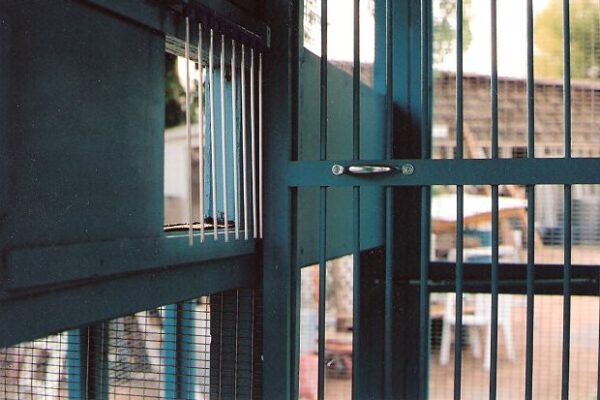
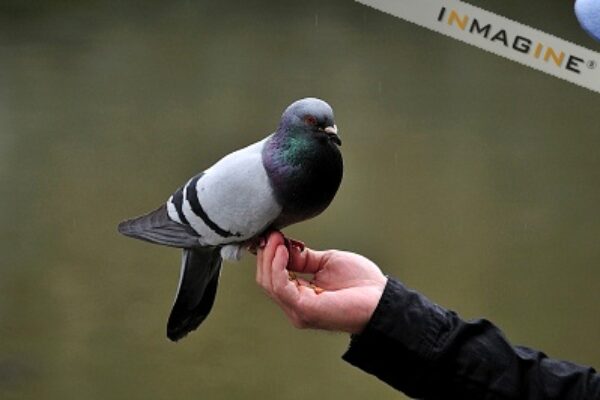
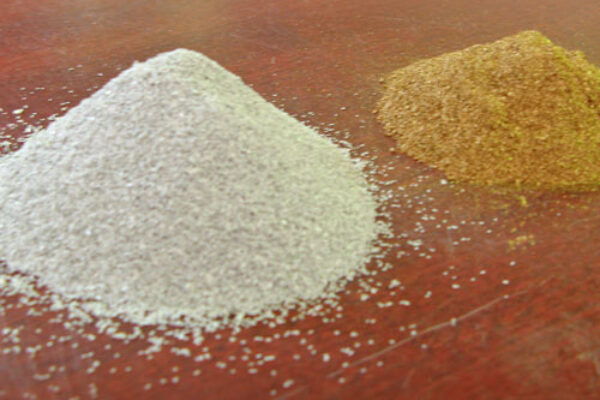
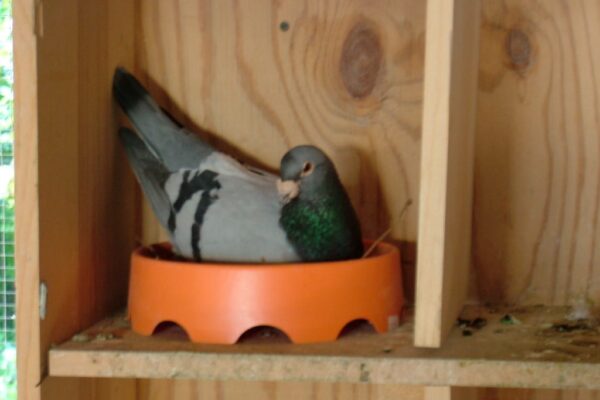

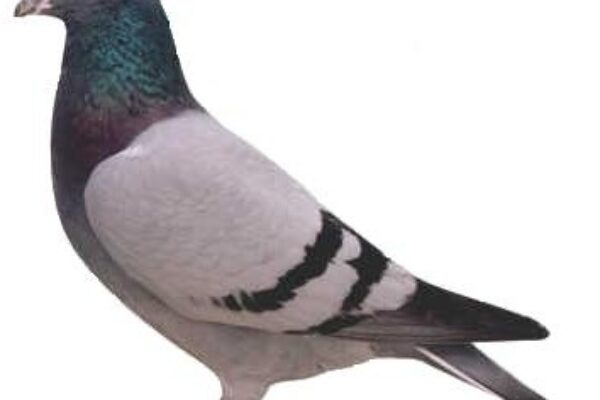


beside this important information about feeding we must take a careful look at water that we provide for them.in warm area like iran we must have a special program for water making.water making is an method that we use for our pigeons.in fact we have different program for pre-race and after-race.by this method we have better efficiently in our results.better recovery and better training.
Hi Chris a good article Brad.
Fantastic info, Chris. Thank you
I like to feed pellets. Grains that have pease and some the other item are hard to come by. Then I feed safflower seed and peanuts on their return from race or training
Nice to read different comments of which most of them are very helpful.Here in Malta we race from Italy,and so he birds have to fly from north to south.The worst part of the race is when the birds have to fly over the channel,that is the last 60 miles the birds have to fly over heavy sea,especially when the wind is blowing south.I use 30% barley to the racing mixture for races less then 300 miles and because these races are very fast I do my best as to keep the birds fit without any access fat.When we come to the long races I replace the barley with maize so that the mixture consists of 60% carbohydrates so that the birds will built enough fat to their body.When the birds arrive home they find electrolytes in drinking water with a light mixture of food.
Excellent article to post Chris as well as comments.This is what we need, fellow flyers helping each other out. Feeding is one of the toughest aspects of this sport to learn,just when you think you understand……………….POW knocks you down a peg lol. Keep-em flying, and keep learning. After all folks this is pure fun.
better ideas to improve more my feeds for my birds…
thanks again…